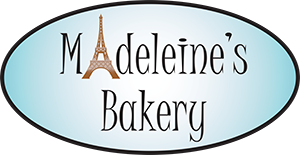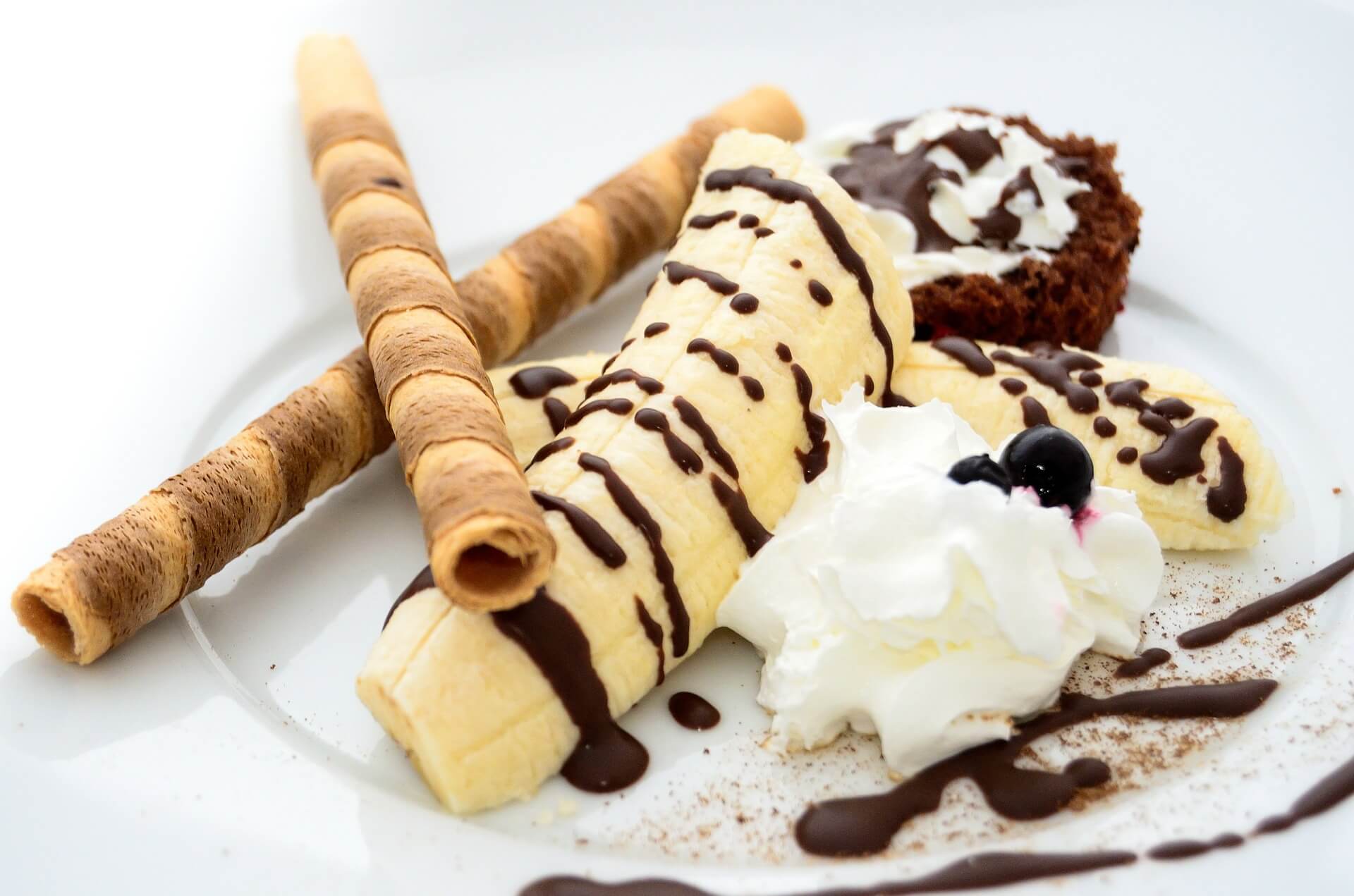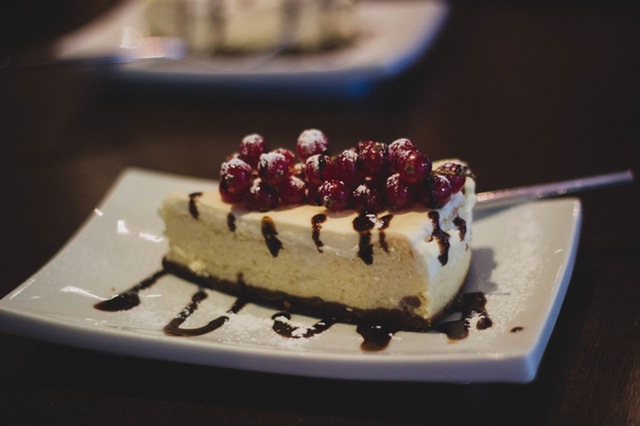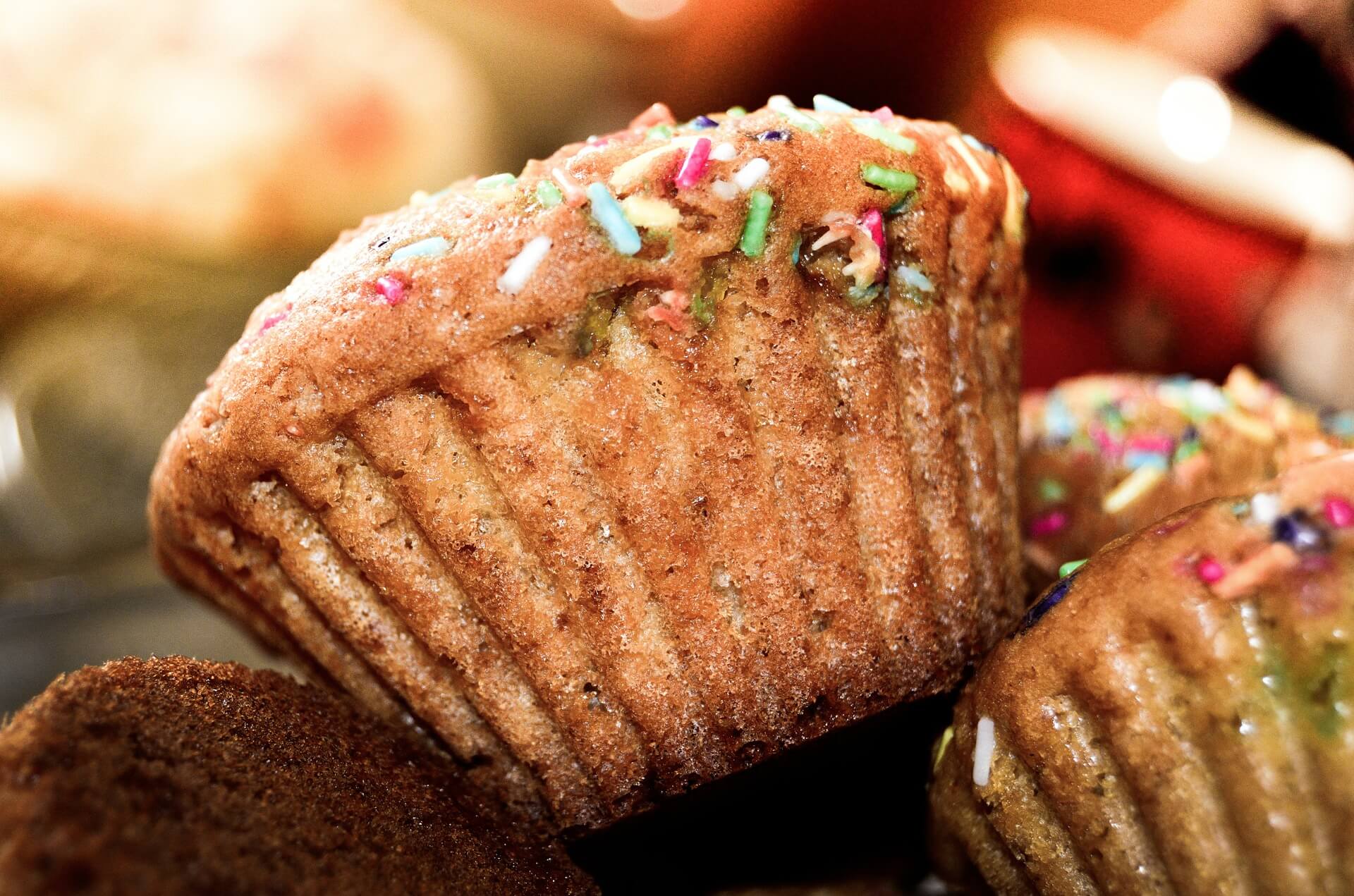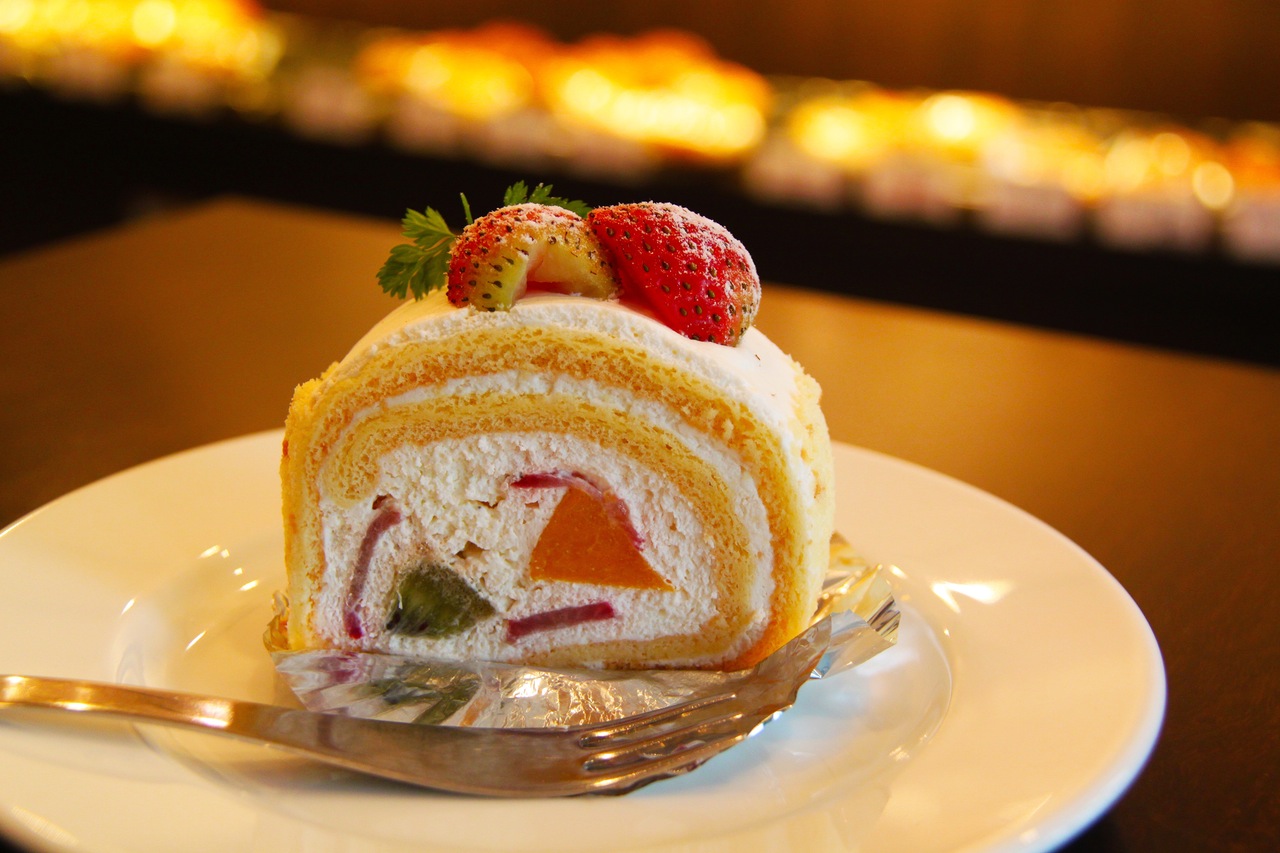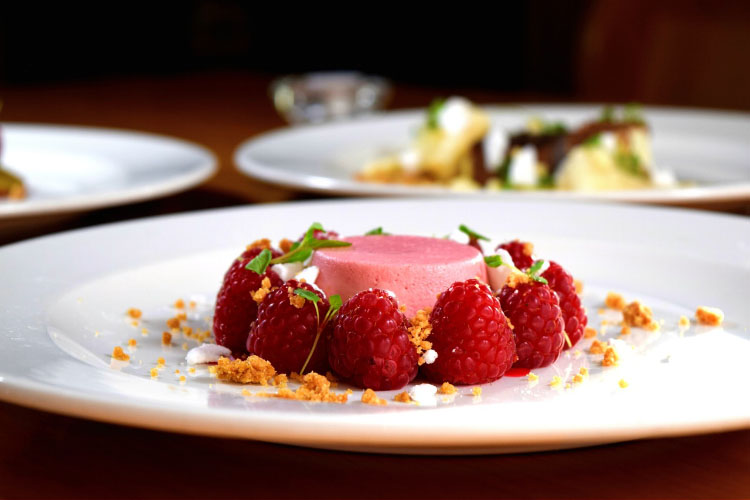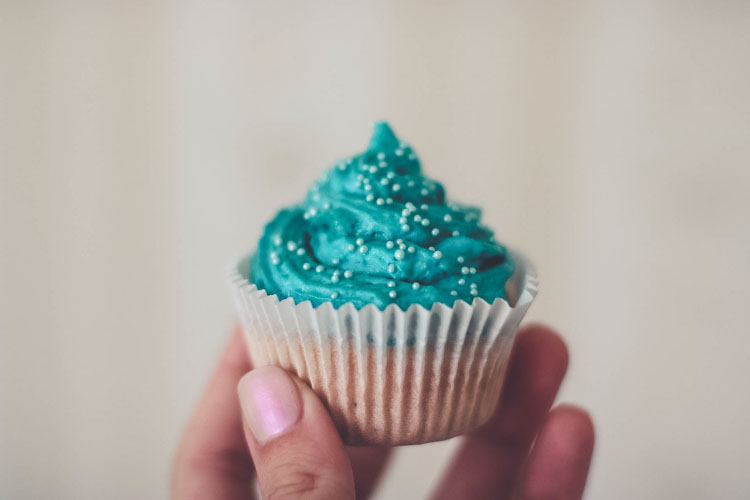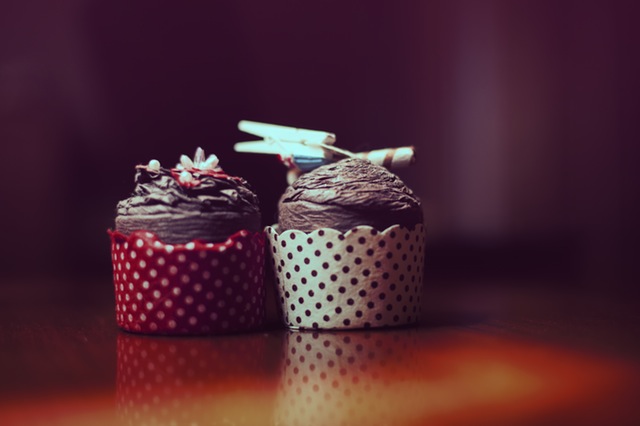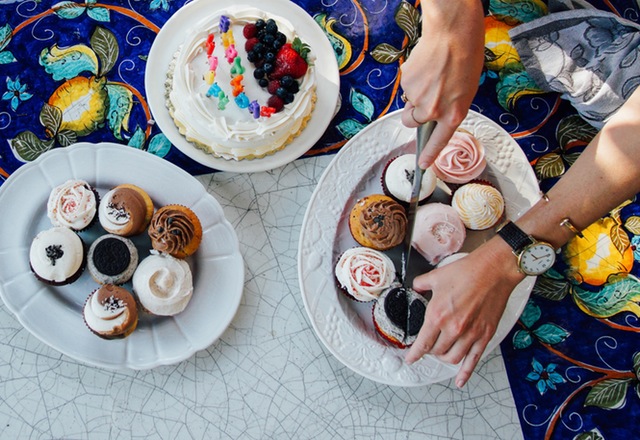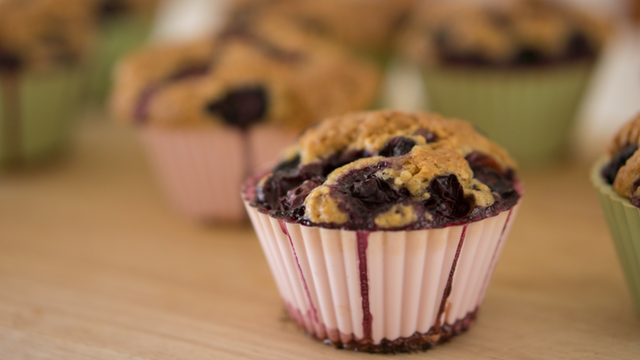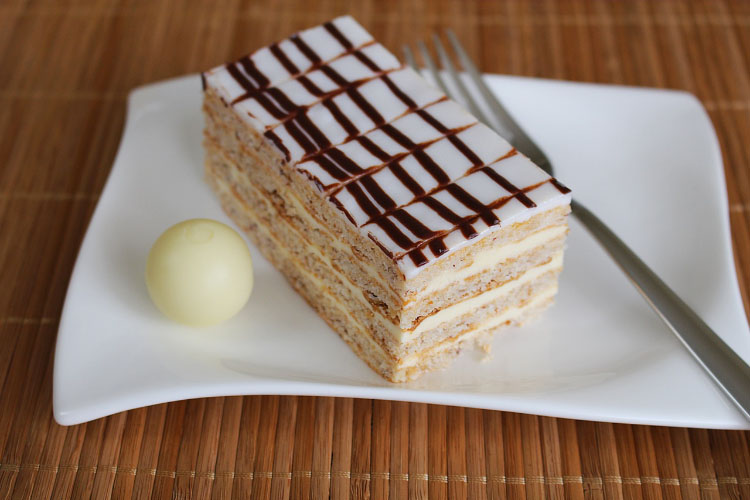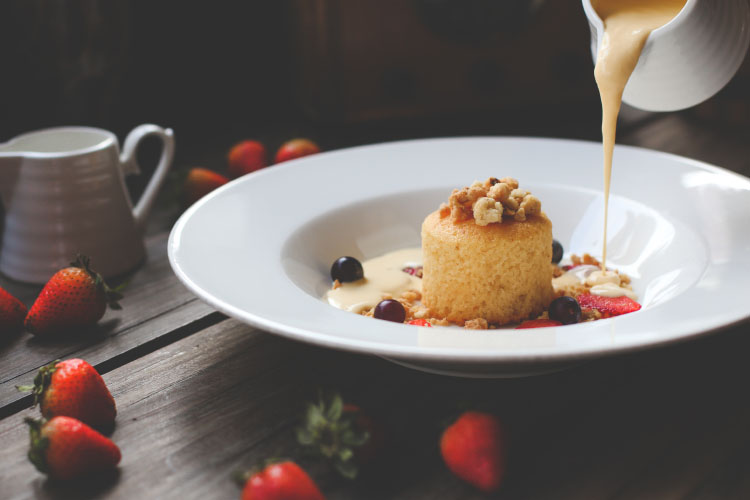The style guide provides you with a blueprint of Paperback’s default post and page styles. The style guide is also a great reference for suggested typographic treatment and styles for your content.
Right Aligned Image

Images may be two-dimensional, such as a photograph, screen display, and as well as a three-dimensional, such as a statue or hologram. They may be captured by optical devices – such as cameras, mirrors, lenses, telescopes, microscopes, etc. and natural objects and phenomena, such as the human eye or water surfaces. The word image is also used in the broader sense of any two-dimensional figure such as a map, a graph, a pie chart, or an abstract painting. The word image is also used in the broader sense of any two-dimensional figure such as a map, a graph, a pie chart, or an abstract painting. The word image is also used in the broader sense of any two-dimensional figure such as a map, a graph, a pie chart, or an abstract painting.
Left Aligned Image
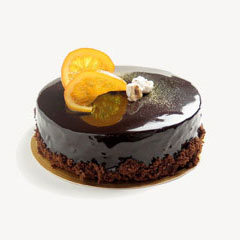
The word image is also used in the broader sense of any two-dimensional figure such as a map, a graph, a pie chart, or an abstract painting. In this wider sense, images can also be rendered manually, such as by drawing, painting, carving, rendered automatically by printing or computer graphics technology, or developed by a combination of methods. Images may be two-dimensional, such as a photograph, screen display, and as well as a three-dimensional, such as a statue or hologram.
A volatile image is one that exists only for a short period of time. This may be a reflection of an object by a mirror, a projection of a camera obscura, or a scene displayed on a cathode ray tube. A fixed image, also called a hard copy.
Heading One
Heading Two
Heading Three
Heading Four
Heading Five
Heading Six
Blockquote
The blockquote is used to indicate the quotation of a large section of text from another source. It can be as long or as short as you’d like!
Those of us that had been up all night were in no mood for coffee and donuts, we wanted strong drink. We were, after all, the absolute cream of the national sporting press.
Typography Styles
Adrop cap is a decorative element typically used in documents at the start of a section or chapter. It’s a large capital letter at the beginning or a paragraph or text block that has the depth of two or more lines of normal text. You can easily add a dropcap to any paragraph by adding the class dropcap as seen below:
<span class="dropcap">T</span>his is how you add a dropcap.
Table Styles
| BEATLE | INSTRUMENT | SONG |
|---|---|---|
| John Lennon | Guitar | A Day In the Life |
| George Harrison | Guitar | Old Brown Shoe |
| Paul McCartney | Bass | Helter Skelter |
| Ringo Starr | Drums | Don’t Pass Me By |
Code Formatting
pre {
position: relative;
background: #f7f7f7;
font-family: "Courier 10 Pitch", Courier, monospace;
font-size: 15px;
font-size: 1.5rem;
line-height: 1.6;
margin-bottom: 1.6em;
padding: 1.6em;
overflow: auto;
max-width: 100%;
tab-size: 4;
}Mixed List Items
- Unordered list item one
- Unordered list item two
- Ordered list item one
- Ordered list item two
- Unordered list item one
- Unordered list item two
- Ordered list item one
- Ordered list item two
- Ordered list item three
- Unordered list item three
- Ordered list item three
- Unordered list item three
